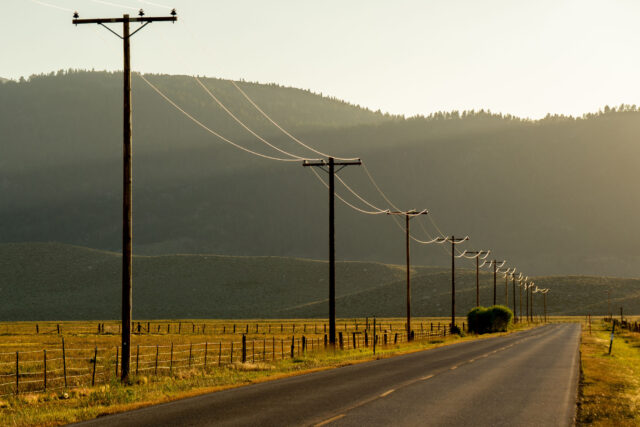The COVID-19 pandemic highlighted and increased the importance of digital technology and internet-based services. Now that people are using the internet for school, work, health care, banking, and connections with family and friends, internet usage has become a vital part of daily life. This month marks the end of a federal program that helped low-income families afford internet access, raising concerns that the digital divide will widen.
Recognizing the need for affordable internet access during the pandemic, the Federal Communications Commission (FCC) launched the Emergency Broadband Benefit (EBB) program in May 2021. The EBB provided a subsidy of up to $50 per month for household internet bills. When the Affordable Connectivity Program (ACP) replaced the EBB at the end of 2021, the subsidy amount was reduced to $30 per month, with families on qualifying tribal lands eligible for up to $75 per month. The ACP also provided eligible households with one-time $100 subsidies for devices.
According to FCC data, the ACP served over 23 million households across the US, making it the largest and most successful broadband affordability program in the nation’s history. In California, enrollment grew from just 6% of eligible households in the EBB’s first month, to 22% in the first month of the ACP, to just over 50% of eligible households as of February 7, 2024, when enrollment was halted. As the program came to an end, 2,945,000 households were enrolled, of a total 5,845,000 eligible.

It is instructive to look at how ACP take-up varied across the state. By far the highest rates were in Southern California counties, where 47% or more of eligible households were enrolled—well above the statewide median of 33%. Take-up rates were lowest in inland counties and some other rural Northern California counties.
In general, take-up rates were highest in highly populated counties—Los Angeles, San Diego, Riverside, San Bernardino, and Orange. The lowest take-up rates were in smaller counties such as Alpine, Mono, Amador, and Inyo. However, there were notable exceptions, with Santa Clara and Contra Costa Counties below the median, and several rural Northern California Counties like Butte, Sutter, Tehama, and Siskiyou above it.

California households accounted for roughly 13% of national enrollments, commensurate with the state’s share of the national population. The age profile of householders securing the subsidy was also on par with national totals, with 49% of enrollees between the ages of 25 to 49, 25% ages 50 to 64, and 18% ages 65 to 84.
After Congress declined to continue funding the ACP, the last full monthly discount disbursement occurred in April. The ACP website advises enrollees to contact their internet service providers (ISPs) and investigate lower-cost (usually meaning lower-speed) options. The program administrator is referring families to another subsidy program, called Lifeline, which offers a considerably smaller subsidy for phone or internet service. And community organizations committed to providing low-cost connectivity are offering information about alternatives to the ISPs that used to participate in the ACP.
At the state level, two pieces of proposed legislation would require internet service providers to offer affordable plans to those who were eligible for the ACP, and some ISPs are already offering these plans. The industry consortium CalBroadband points to two federal programs, the Rural Digital Opportunity Fund, and the Broadband Equity, Access and Deployment Program, as promising options for connecting underserved households in California. These and other interventions could help prevent a widening of the digital divide.






